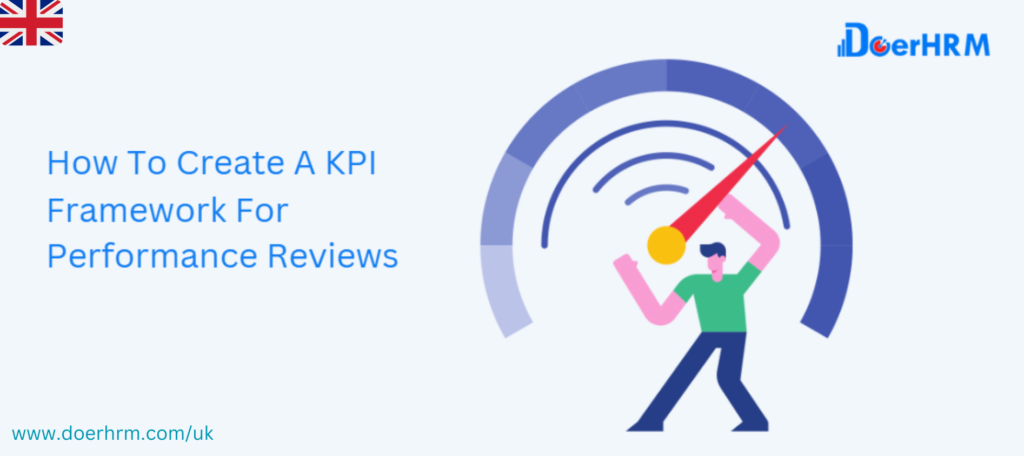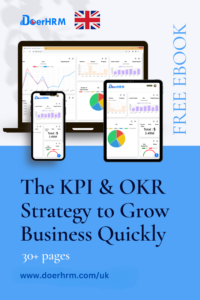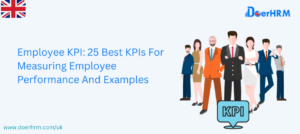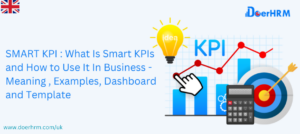Employee performance measurement is essential for assessing the health of a business. Given that employees are a company’s most valuable asset, it’s crucial to ensure both individuals and teams receive the necessary support and development opportunities to maximize their potential. Key Performance Indicators (KPIs) serve as effective tools for gauging progress. Incorporating the most relevant KPIs into the business evaluation system allows for a comprehensive assessment of employee effectiveness and productivity.
KPIs serve as a means for organizations to evaluate employee job performance. Metrics are utilized to monitor employee productivity and guide team activities based on work requirements. Timely performance tracking and evaluation are vital, although accessing information about job responsibilities can be challenging.
As such, it’s imperative to develop employee KPIs using contemporary methodologies. Leaders seeking optimal outcomes should devise and employ robust evaluation techniques. Consequently, many companies utilize KPI systems for performance reviews, leveraging valuable insights. Relying solely on profit margins to assess employee worth may overlook crucial aspects of productivity and performance.
Effective performance evaluations should consider both qualitative and quantitative factors, extending beyond past performance assessments. Utilizing KPIs to motivate teams facilitates the acquisition of reliable data. Once an individual’s capabilities are understood, tasks can be assigned to maximize outcomes. Performance reviews aid in identifying employee motivators and areas for improvement.
Performance evaluation, pricing policies, project management, team management, and other tools enable early identification of issues. KPIs contribute to evaluating payroll operations, particularly when salaries are tied to job performance.
How do you measure how well an employee does their job?
KPIs can’t be used on their own to judge a person’s performance. Managers give both qualitative and quantitative feedback on performance, which looks at more than just productivity. You can’t just look at KPIs to figure out how valuable an employee is; there are other factors as well.
Employee KPIs are high-level measurements that show how productive each employee is. It lets businesses figure out who has the most potential and give tasks to people or groups. This would make it easier to focus on operational issues, like making sure work flows well and there are enough resources.
- Look at how many people took part
It is hard and takes a lot of time to do performance reviews regularly. One of the best things about a people-enabled platform is how flexible it is and how much it focuses on the user experience.
- How well the HR process works
HR doesn’t have to spend as much time processing and reporting results when they switch from paper-based reviews to the latest user-enabled platform. Managers and workers can both take part in the review and easily use the platform. Because of this, long-term goals can be reached on time.
- The amount of feedback given and received
When managers give real-time feedback to their employees or teams, it helps them understand what is expected of them, get advice, and celebrate successes. Not all employees get feedback once a week, but getting feedback in real time can help them improve more.
Engagement isn’t just raised by hearing from a manager. Managers can help their teams get into new routines. For better results, management should set a goal for feedback. If your company isn’t used to giving continuous feedback, set a goal to share feedback with at least one team member and slowly get better at it. You can keep track of how often you give feedback and how it makes people feel and how it motivates the whole team.
- How good the feedback was
A tool for managing performance can make the feedback process easier. It teaches those in charge how to give feedback in the best way to get the best results. Check how well feedback works and ask employees how they think it was useful and important. Set a goal and, based on the good feedback, work to improve the quality of the feedback.
- Look at the net promoter score for each employee (NPS)
If you want to get your employees more involved, focus on getting feedback and plan surveys every three months. Prepare a list of questions and ask for both good and bad answers. Use the survey results to improve the company and help employees do a better job.
Does KPI matter for a person's job?
Every employee is different, so the metrics used to measure the KPI shouldn’t be the same for everyone. When deciding on KPI for a team, each employee’s role should be taken into account.
To make a KPI system that works, you need to change the way you track elements and make them better. Try to make quarterly reports to keep track of how far employees have come in reaching their goals. It helps figure out if performance is getting worse, getting better, or staying the same. Employees whose work has stopped improving should look for new challenges and help the business grow.
Organisations should be careful when choosing KPIs to track activity in the most important parts of their business. Customer surveys and the right data should be used to build a good KPI for performance review. The satisfaction score will help you decide how much to contribute to reach the benchmark. No matter what kind of KPIs they are, they should be measurable, doable, specific, relevant, and have a time limit so they give the right results. Measure metrics that help a business reach its goals and are in line with its strategy and vision.
Use KPIs to improve and get noticed. If you want meaningful KPIs for performance reviews, use incentives and training to keep the team motivated. KPIs are a good way to figure out how to recognise and reward employees.
For example, if your goal is to get more customers, your key performance indicator (KPI) should be how many new customers you get in a week. Build a system for rewarding employees based on how well they do their jobs.
If you use formal performance measures to manage performance, they should come with tips on how to be a good leader and get your team motivated. So, KPIs can be used to measure performance in any area and should be in line with the company’s long-term goals.
Conclusion
Aside from performance, managers must also set goals and objectives that each person and team can reach. But how do you measure performance and figure out how hard someone works to reach their goals? Performance management can help with this by letting you know who is working harder and who isn’t.
Does the work it takes to reach the level the organisation needs to keep? The level of performance of an individual and of a team can be measured with the help of key performance indicators. Check the goals and base the evaluation on the key performance indicators (KPIs) to get good answers for each and work on the weak areas of the organisation.









